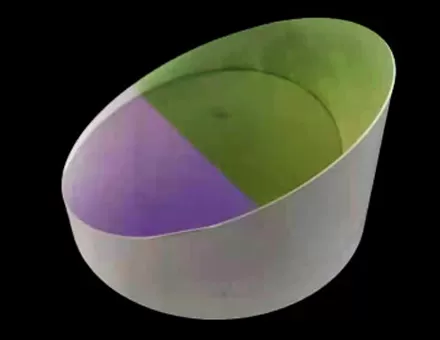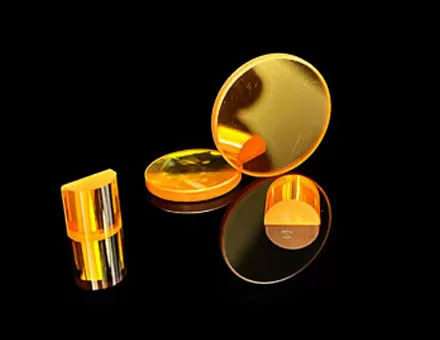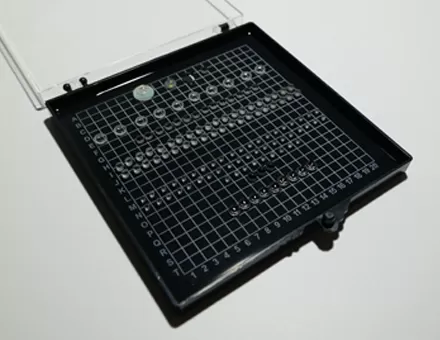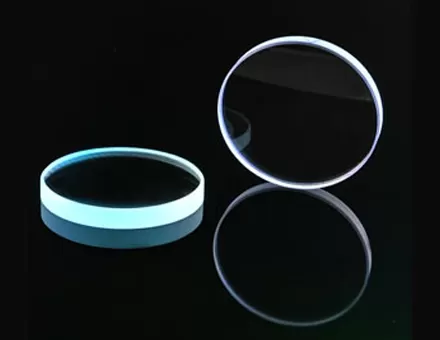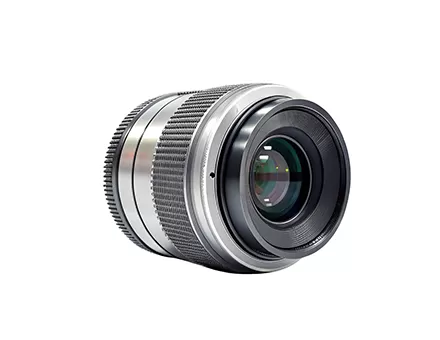Neutral Density Filters, also known as optical attenuation filters or ND filters, are often referred to as ND mirrors or ND filters in the photography circle. They are designed to provide a constant equivalent light attenuation effect throughout the entire visible light spectrum range (or within a specific wavelength range). It does not change the color or spectral distribution of light and is widely used in optical fields such as photography, optical experiments, laser technology and optical fiber communication to attenuate strong light.
Definition and Working Principle \ nA neutral density filter, in a nutshell, is an optical component that can uniformly attenuate the intensity of light passing through its surface. This kind of filter achieves fine control of light intensity by absorbing, reflecting or scattering part of the incident light. Its uniqueness lies in the fact that no matter how the wavelength of the light changes, the degree of attenuation of the light by the filter remains relatively stable, thus ensuring that the color balance of the light is not disrupted.
The attenuation intensity is adjustable. The attenuation intensity of a filter is generally expressed by the dB value, which reflects the attenuation intensity of light.
The working principle of neutral density filters is based on the optical materials and structural design inside them. These filters are usually made of materials with specific absorption properties, which can absorb light of specific wavelengths and convert it into thermal energy or other forms of energy. Meanwhile, the structural design of the filter also ensures that the light can be evenly distributed when passing through, thereby achieving a constant attenuation effect.
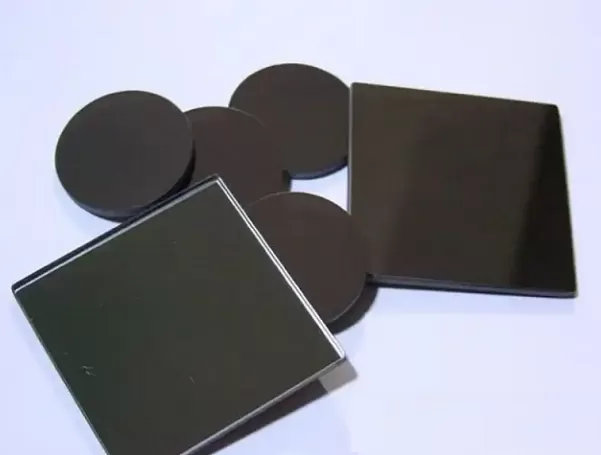
Characteristics of Neutral Density Filters
As one of optical components, the main characteristics of neutral density filters include their attenuation intensity, spectral range and transmittance, etc. Attenuation intensity is usually expressed in decibels (dB) or transmittance (T). Decibel value is a unit that describes the strength, power or attenuation of a signal, while transmittance refers to the ratio of the light intensity allowed to pass through a filter to the incident light intensity
Classification of Neutral Density Filters
Fixed-density filter
Gradient density filter
Linear gradient filter
Circular gradient filter
Radial gradient filter
Stepped gradient filter

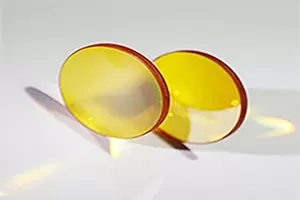
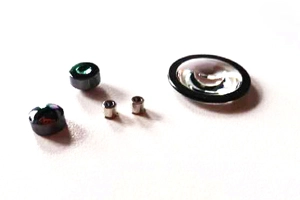



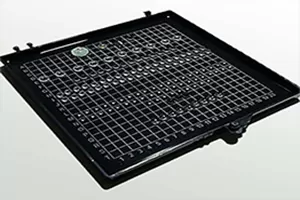

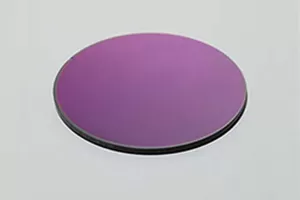

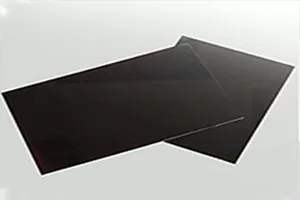
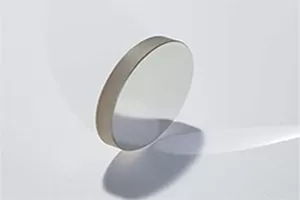
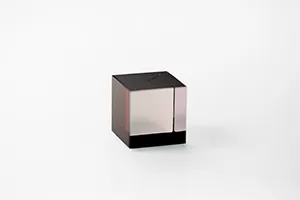
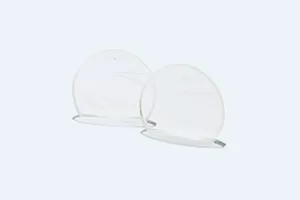

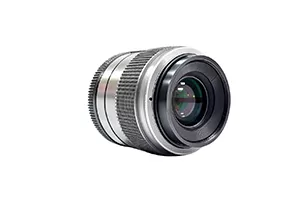
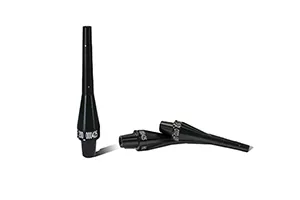
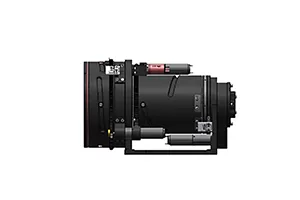
 EN
EN

